What if I need enough yield to can for the winter
never-give-up
16 years ago
Related Stories
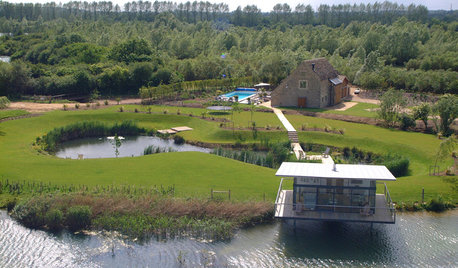
MODERN ARCHITECTUREHouzz Tour: Creative Thinking Yields a Lakefront 'Living Room'
Careful planning leads to a new structure and location for a stellar view
Full Story
RANCH HOMESHouzz Tour: Ranch House Changes Yield Big Results
An architect helps homeowners add features, including a new kitchen, that make their Minnesota home feel just right
Full Story
MOST POPULARA Fine Mess: How to Have a Clean-Enough Home Over Summer Break
Don't have an 'I'd rather be cleaning' bumper sticker? To keep your home bearably tidy when the kids are around more, try these strategies
Full Story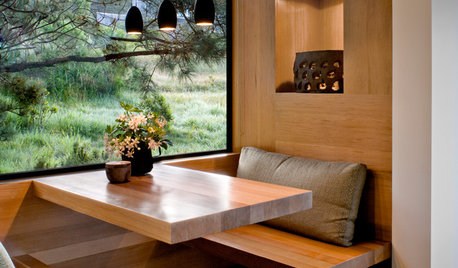
DINING ROOMS12 Breakfast Nooks Cool Enough for a Dinner Party
The banquette where you sip your morning coffee can also make a cozy corner for an intimate supper or a game night
Full Story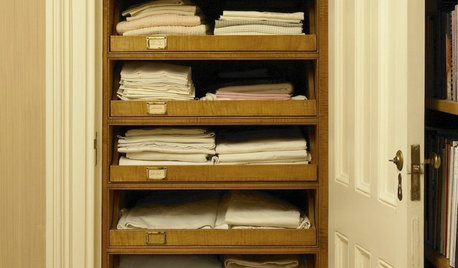
ORGANIZINGHow Much Stuff Is Enough?
Play the numbers game to streamline your belongings, for a neater home and a less-stressed you
Full Story
HOLIDAYSHow to Have a Just-Simple-Enough Holiday
Make this the year you say no to holiday stress and yes to joy and meaning
Full Story
LIFESimple Pleasures: A Long Winter’s Nap
This time of year we can always use a little extra rest. Make it easy with these ideas for daytime napping
Full Story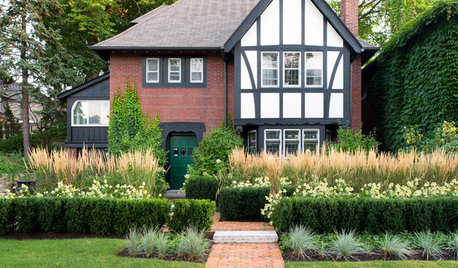
LANDSCAPE DESIGNHow Low Can Hedges Go? Discover Unusual Garden Borders
Short enough to step over, high enough to be a stretch ... check out these radically different hedge styles and tell us your opinion
Full Story
WINTER GARDENINGYes, You Can Enjoy Your Yard in December! Here's How
Garden writers around the U.S. share their favorite winter garden joys. See what to do in your region this month
Full Story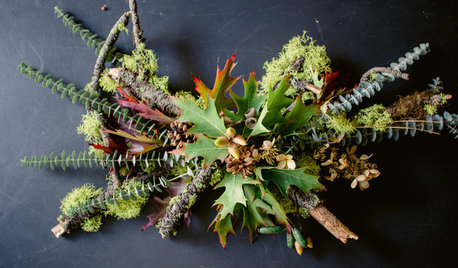
DIY PROJECTSHere’s a Thanksgiving Centerpiece You Can Use Through the New Year
Make a fall centerpiece that can transition to winter with ingredients foraged in nature
Full StorySponsored






organic49
darkcloud
Related Professionals
Oatfield Landscape Architects & Landscape Designers · Rossville Landscape Architects & Landscape Designers · East Hanover Landscape Contractors · Flagstaff Landscape Contractors · Longmont Landscape Contractors · Marlborough Landscape Contractors · Mount Kisco Landscape Contractors · Rockville Landscape Contractors · Brooklyn Park Fence Contractors · Chicago Fence Contractors · Cockeysville Fence Contractors · Fair Oaks Fence Contractors · Saint Louis Park Fence Contractors · Turlock Fence Contractors · Woodland Fence Contractorsnever-give-upOriginal Author
holly-2006
gumby_ct
never-give-upOriginal Author
justaguy2
alexjh
gumby_ct
never-give-upOriginal Author
justaguy2
gumby_ct
never-give-upOriginal Author
gumby_ct
justaguy2
penguingardener
never-give-upOriginal Author
decolady01
gumby_ct
never-give-upOriginal Author
gumby_ct
decolady01
ymaddox
Liz
never-give-upOriginal Author
decolady01
never-give-upOriginal Author
gumby_ct
never-give-upOriginal Author
allotmentgardeners
never-give-upOriginal Author
never-give-upOriginal Author
darkcloud
oregon_veg
never-give-upOriginal Author
alexjh
never-give-upOriginal Author
krintis
never-give-upOriginal Author
engineeredgarden
betho
never-give-upOriginal Author
darkcloud
engineeredgarden